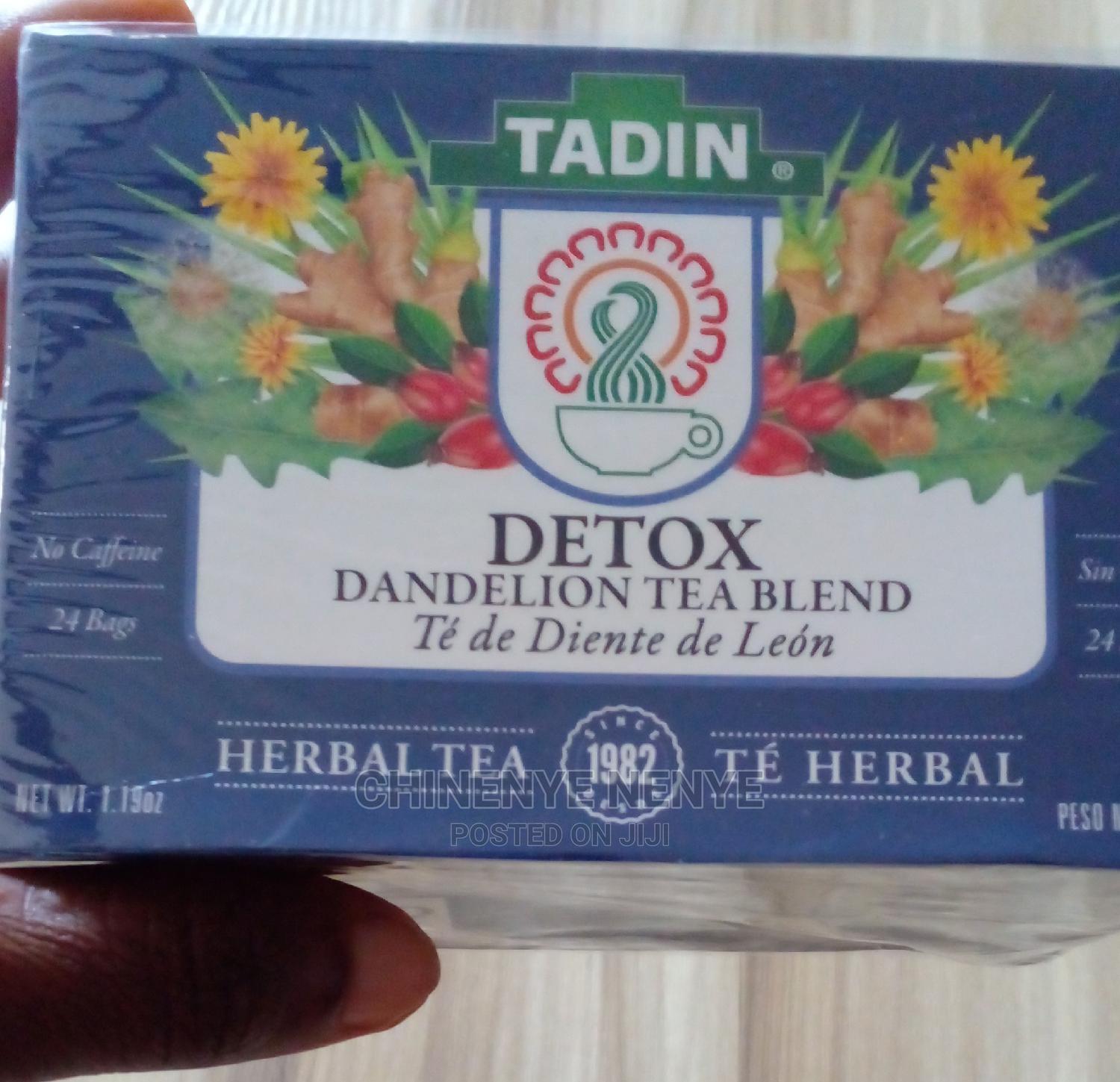
It does not mean that you should eliminate salt from your daily diet. You can still enjoy a wide variety of tasty foods without the high sodium content. You need to select the right kinds of food. Some examples of these foods include processed meats, canned goods and cheese. You can also opt for low-sodium tomato paste and juice. It will save you time and money to choose low-sodium dairy and meat products.
Fresh fruits, vegetables, whole-grain pasta, and other foods are some of the low-sodium foods. Nuts are rich in healthy fats, which make them a great source for protein, fiber, essential vitamins, and minerals. Nuts are rich in antioxidants which protect against free radical damage and counter the harmful effects of sodium. You can read this article to find out the best ways to cut sodium.
Avoid the adverse effects of sodium. You can opt for food labels that indicate their sodium content. Look out for "Heart-Check", which is a seal that indicates the sodium content. Some of the most popular processed meats contain high amounts of sodium, and you should avoid these products. Make sure to inspect the ingredients and check that they are labeled "low salt" or "low sulphite." If you're not sure, try cooking with fresh herbs instead. Garlic powder, onion powder, and celery seed are good alternatives.
You can reduce your daily sodium intake by substituting low salt processed cheeses for ones that are high in sodium. You can also substitute cottage cheese, mozzarella and buttermilk. You can also replace table salt with spices or substitute canned beverages for homemade juice. Avoid canned foods as well as roasted salted nuts. Avoid these foods as they are high in sodium. Also, it is a good idea to thoroughly rinse canned foods with water before consuming them.
Try spreading your sodium around throughout the day to reduce sodium intake. Choose fruits and vegetables to reduce your sodium intake. Ask for less salt when you eat out. Custom-made dishes are better for you and contain fewer sodium. Ask for sauces or dressings to be served with your order at a restaurant. When you're dining out, you can ask for lower-sodium choices.

Check the labels on the foods you eat to reduce sodium intake. Always read labels. You can read the serving size, the ingredients, and the sodium content. A product should not contain more 140mg sodium per portion. To make your popcorn more flavorful and to help you adhere to a low-sodium diet, you can add spices. This snack is a good source of fiber, and it is low-sodium.
You should avoid salty foods but there are some foods that are low sodium. Whole grains and breads have high fiber and low sodium. Rice bran is a good source, with only 6 mgs of sodium per cup. Consuming whole grains may result in added salt. For example, multigrain bread has nearly 170mgs sodium.
Fresh fruits can help you reduce sodium intake. Fresh fruits contain very little sodium and are rich in essential vitamins and minerals. One milligram is the equivalent of 6% of your daily sodium intake. An example: an apple has about one millionmg of sodium. Greek yogurt is an excellent option for those who are trying to reduce their sodium intake. It has the same amount as plain yogurt but contains more protein. It is also an excellent source of potassium, which can be essential for maintaining healthy high blood pressure.

Some foods have extremely high sodium levels. However, they are still relatively low compared to other foods. While vegetables are a great source of fiber and are naturally low in sodium, they contain more sodium than other types. One cup of beets contains 84 mgs of sodium, while half a cup spinach has 63 mgs. Avocado, green beans and asparagus are other "salt-free foods".
FAQ
What is the cost of a culinary school?
Prices for Culinary School vary depending upon where you go, what program you select, and how long you stay there. Average tuition costs between $10,000 and $30,000. Most students graduate with approximately $20,000 in debt. There are some programs that offer grants and scholarships as well as work-study options.
Which method is best to learn how to cook?
Cooking is something that everyone should be able to do. It's a great way to experience delicious food without having to learn how to cook. First, find a recipe that appeals to you and then follow it closely. Next, you'll want to practice making small changes to the recipe until you feel comfortable making the dish yourself. The last step is to cook for others. This will allow you to improve your cooking skills and test your abilities.
What are some of the benefits of using slow cookers?
Slow cookers allow you to make delicious meals with minimal effort. Slow Cooker Recipes are often healthier than traditional recipes because they require less oil and fat. Because they cook for you while you sleep, slow cooker recipes can be convenient.
Is there any special equipment that is required to cook?
To learn to cook, you don’t need to have any special equipment. However, the right tools can make it easier to cook. For example, a knife could be used for pasta making or a whisk would be better than a hand mixer for whipping egg whites to stiff peaks. The right tools make cooking easier and faster.
What should a beginner cook start with?
A beginner should start cooking something easy, like pasta, rice, or soup. Learn how to cook with a recipe book, YouTube video or other resources. Cooking is fun when you do it with someone else. Try cooking together as a family, or have friends share the experience.
Statistics
- On average, chefs earn $58,740 a year, according to the BLS. - learnhowtobecome.org
- You'll be amazed that over 90% of CIA students receive scholarships and grants to finish their culinary studies. (ischoolconnect.com)
- under 10 Kids have been taught that there is special food just for them, and Fiese says that 10 percent of kids will throw a tantrum if they don't get the food they want. (washingtonpost.com)
External Links
How To
How to make a perfect eggroll
Omelets have always been a favourite food to eat for breakfast. But how do they turn out so perfectly? I've tried many different methods and recipes, but none of them seem to work! I have some tips and tricks to help you make delicious, fluffy omelets every single morning.
We should first know that eggs are very temperamental ingredients when making omelets. They must be fresh, preferably from the organic market, and be kept cold until cooking. You must keep them cool enough to allow the whites to form properly and the yolks to become too runny if they're not kept at the right temperature. This can make your omelets look bizarrely colored. If you plan to cook the eggs right away, it is best to use room temperature eggs.
Another tip is to separate your egg before adding it into the pan. It is important not to allow any white to mix with the yolk as this could lead to the omelet becoming curdled.
The bottom part of an egg that is added directly to the stovetop might be burned, which could cause a ruined texture in your omelet. Instead, heat the egg for 10 seconds in the microwave before placing it in the pan. The heat from the microwave cooks the egg just enough without overcooking it.
Next, let's talk about mixing the eggs. Mixing eggs together is important. You need to beat them well. You can do this by turning the bowl of your mixer upside down. Now shake the bowl vigorously. This way, the air inside the bowl gets whipped around and mixes the egg thoroughly.
Now comes the fun part: adding the milk to your mixture. Mix half of the milk with the eggs. Then fold the eggs in half into the remaining milk. Do not be alarmed if there are still egg streaks visible. Once the omelet flips, these streaks will disappear.
After folding the eggs fold the pan onto medium heat. When the oil starts to hot, wait for the pan to cook. Add 1/4 cup butter to the oil and swirl it around to coat all sides of the pan. Next, carefully open the lid and sprinkle salt into your pan. The salt will help to prevent the omelet's sticking to the pan.
Once the omelet forms, cover the pan again. Let the top side set completely. Flip the omelet over using a spatula or flip the pan upside down. Cook the other side for another minute or two. Serve the omelet immediately by removing it from the pan.
This recipe is best made with whole milk. However, it can also be used with skimmed milk.